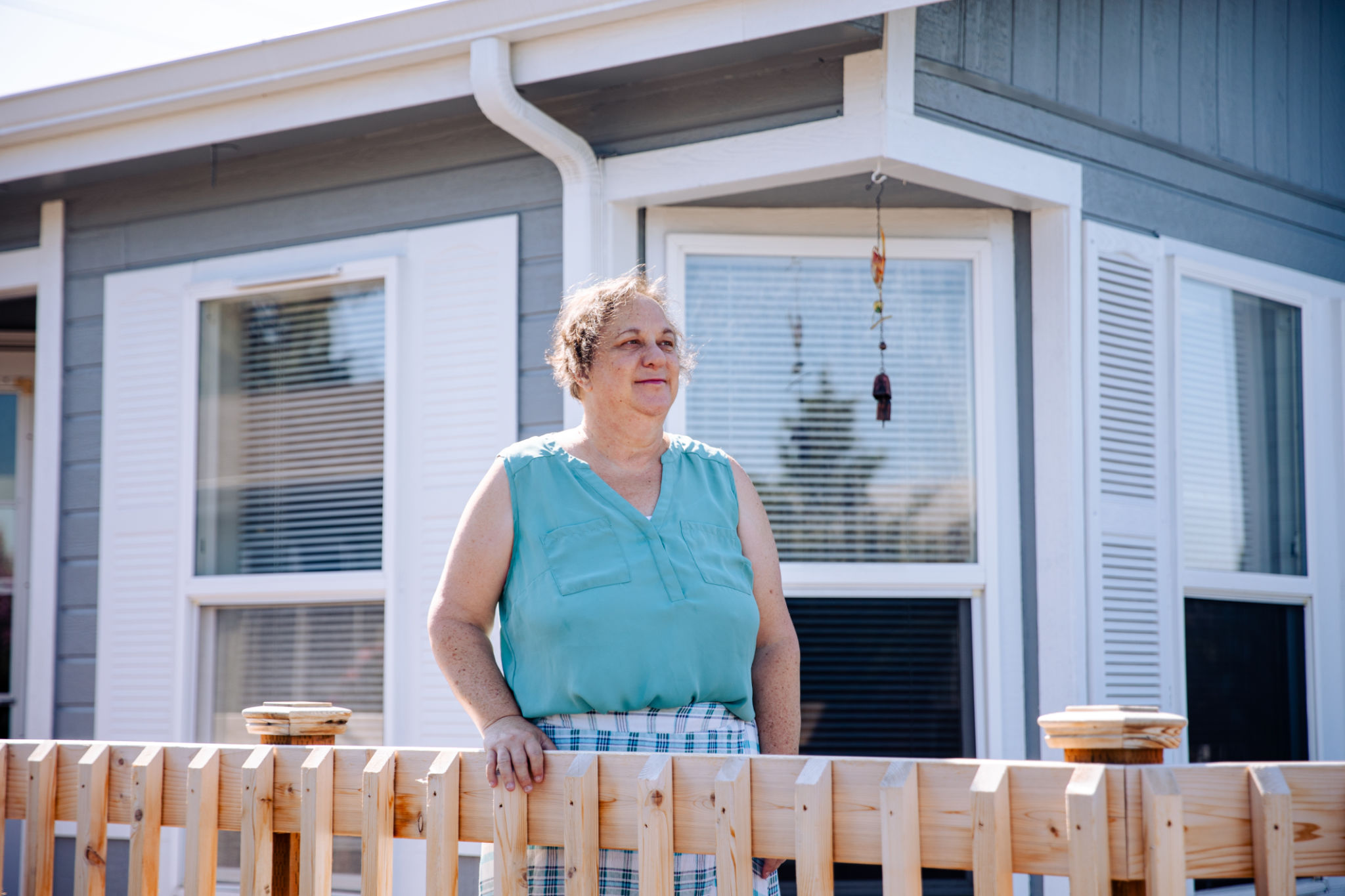DIY Home Inspection: What You Can Check Yourself Before the Professionals Arrive
Introduction to DIY Home Inspection
Purchasing a home is one of the most significant investments you will make, and ensuring that your future house is in prime condition is crucial. While professional home inspections are indispensable, conducting a DIY inspection can help you identify potential issues beforehand. This can save you time and money by focusing the professional's attention on specific areas of concern.
Exterior Inspection
Begin your DIY inspection by examining the exterior of the house. Check for any visible cracks or damage in the foundation. Walk around the perimeter and inspect the siding, looking for any signs of wear, rot, or pest damage. Pay special attention to the roof; missing shingles or tiles can indicate potential leaks.
Next, inspect the gutters and downspouts to ensure they are securely attached and free from debris. Proper drainage is essential to prevent water damage to your home. Take a close look at the windows and doors, checking for proper sealing or any visible drafts.

Interior Inspection
Once you have completed your exterior inspection, move inside and start with the walls and ceilings. Look for any discoloration or stains, which could indicate water leaks. Check for cracks in walls that may suggest structural issues.
Testing the electrical system is also a crucial step. Flip all light switches on and off, and test each outlet using a voltage tester to ensure they are functioning properly. It's important to confirm that all smoke detectors are installed and working as well.

Plumbing Check
Inspecting the plumbing system is another key aspect of your DIY home inspection. Start by running all faucets to check for leaks and ensure adequate water pressure. Examine visible pipes under sinks and in the basement for signs of corrosion or leaks.
Additionally, test toilets by flushing them to see if they refill properly and look for any leaks around the base. Inspect water heaters for signs of rust or corrosion, which could indicate potential issues or the need for replacement.

Heating and Cooling Systems
Your home's heating and cooling systems should be in top condition as they play a critical role in comfort and energy efficiency. Check the thermostat to ensure it is functioning properly. Inspect air filters and replace them if they are dirty.
It's also wise to listen for unusual noises when the HVAC system is running, as this could indicate an underlying problem. If possible, examine the outdoor unit to ensure it is free from debris and vegetation that could hinder its operation.
Mold and Pest Inspection
Mold and pests can cause significant damage if left unchecked. Look for any signs of mold in damp areas such as basements, bathrooms, and kitchens. Musty odors can also be an indicator of hidden mold growth.
Pest inspections involve looking for droppings, nests, or damage that could suggest an infestation. Pay special attention to attics and basements where pests are more likely to reside. Identifying these issues early can prevent costly repairs down the line.

Conclusion
A thorough DIY home inspection can provide peace of mind before calling in the professionals. By identifying potential issues early on, you can ensure that your home is a sound investment. While this guide helps you conduct a preliminary inspection, remember that hiring a professional is essential for a comprehensive evaluation.
